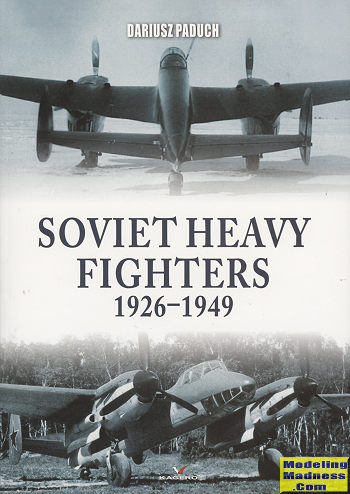 The concept of the heavy fighter was one that was frequently visited by many nations. The concept was that it would be able to perform any number of missions, from escorting bombers to performing reconnaissance to operating as a ground attack aircraft and even a light bomber. Some of the key requirements is that it have decent range and be fast enough to deal with enemy fighters. This generally meant a twin engine aircraft. Prior to the start of WWII, the only nation that actually put one into operational use was Germany with its Bf-110.
The concept of the heavy fighter was one that was frequently visited by many nations. The concept was that it would be able to perform any number of missions, from escorting bombers to performing reconnaissance to operating as a ground attack aircraft and even a light bomber. Some of the key requirements is that it have decent range and be fast enough to deal with enemy fighters. This generally meant a twin engine aircraft. Prior to the start of WWII, the only nation that actually put one into operational use was Germany with its Bf-110.
The experience with the war was such that it was discovered that the 110 was unable to hold its own against modern fighters but was quite successful in other roles. In the Soviet Union, the quest for a heavy fighter was on-going from the late 1920s, however, Soviet designers faced several obstacles. One is that there was a major 'brain drain' with the onset of communism. Talented people generally left the country in droves. Not all, but quite a few. Another was that failure was generally not tolerated by the political types and that had a negative effect on designers, managers and workers alike. Then there was the issue of engines. Without decent technical designers, the Soviets found it impossible to develop their own engines. It required them to import foreign engines and in most cases to attempt to reverse engineer them, though their results were not always successful and even full 'production ready' engines were unreliable and had a fairly short operating life. Throw in the paranoia of the Stalin era where everyone blamed everyone else and talented people were frequently imprisoned or worse, and you can see that things were not easy.
So did the USSR ever get its heavy fighter? Well, yes and no. The best airframe produced was the Polikarpov TIS, however, Polikarpov spent a lot of time in prison and even when let out, was continually sabotaged by people like Tupolev who kept funding and technicians away from Polikarpov and funneled into what turned out to be dead end projects, including aircraft of his own design. Eventually, a successful heavy fighter was developed, but it was a variant of the already successful Pe-2 bomber.
In this book the author has provided a look at ever heavy fighter design during the time period of the book. This includes paper projects, those that made it to mockups, as well as those which eventually at least made it to a flyable prototype. You cannot tell a story of Soviet aircraft development without including all the political intrigue that often comes with a dictatorship like the Soviet Union, and that is part and parcel of this book. Add in great period photos, drawings, and full color profiles, and you have a book that is both interesting to read and a superb reference. I know you will like this one.
January 2022
Thanks to www.casematepublishers.com for the review kit. You can get yours today at this link.
Copyright ModelingMadness.com. All rights reserved. No reproduction in part or in whole without express permission.
If you would like your product reviewed fairly and fairly quickly, please contact the editor or see other details in the Note to Contributors.